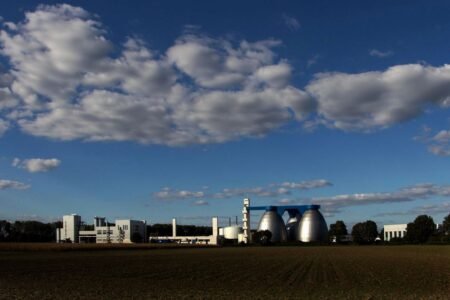The EU Commission has proposed to strengthen protection for workers against hazardous chemicals, looking to improve the quality of life for workers and families, as well as saving up to €1.16 billion in healthcare costs.

The measures are expected to prevent about 1,700 lung cancer cases and 19,000 other illnesses, including restrictive lung disease and damage to the liver and kidneys, over the next 40 years.
In the sixth revision of the Carcinogens, Mutagens and Reprotoxic substances Directive (CMRD), the European Commission recommends setting exposure limits for cobalt and inorganic cobalt compounds, polycyclic aromatic hydrocarbons (‘PAHs’) and 1,4-dioxane. Welding fumes are also added under the scope of the CMRD.
The revision to the CMRD reflects latest scientific data and benefits from input provided by the Advisory Committee on Safety and Health at Work, composed of representatives of workers, employers and governments.
“This revision of the Carcinogens, Mutagens, and Reprotoxic Substances Directive reflects our commitment to safe and healthy European workplace, the backbone of quality jobs, and our dedication to science-based policy,” said EC vice-president Roxana Mînzatu: “By introducing exposure limits on hazardous chemicals such as cobalt, PAHs, and 1,4-dioxane, we are not only protecting workers today but investing in their long-term wellbeing.”







